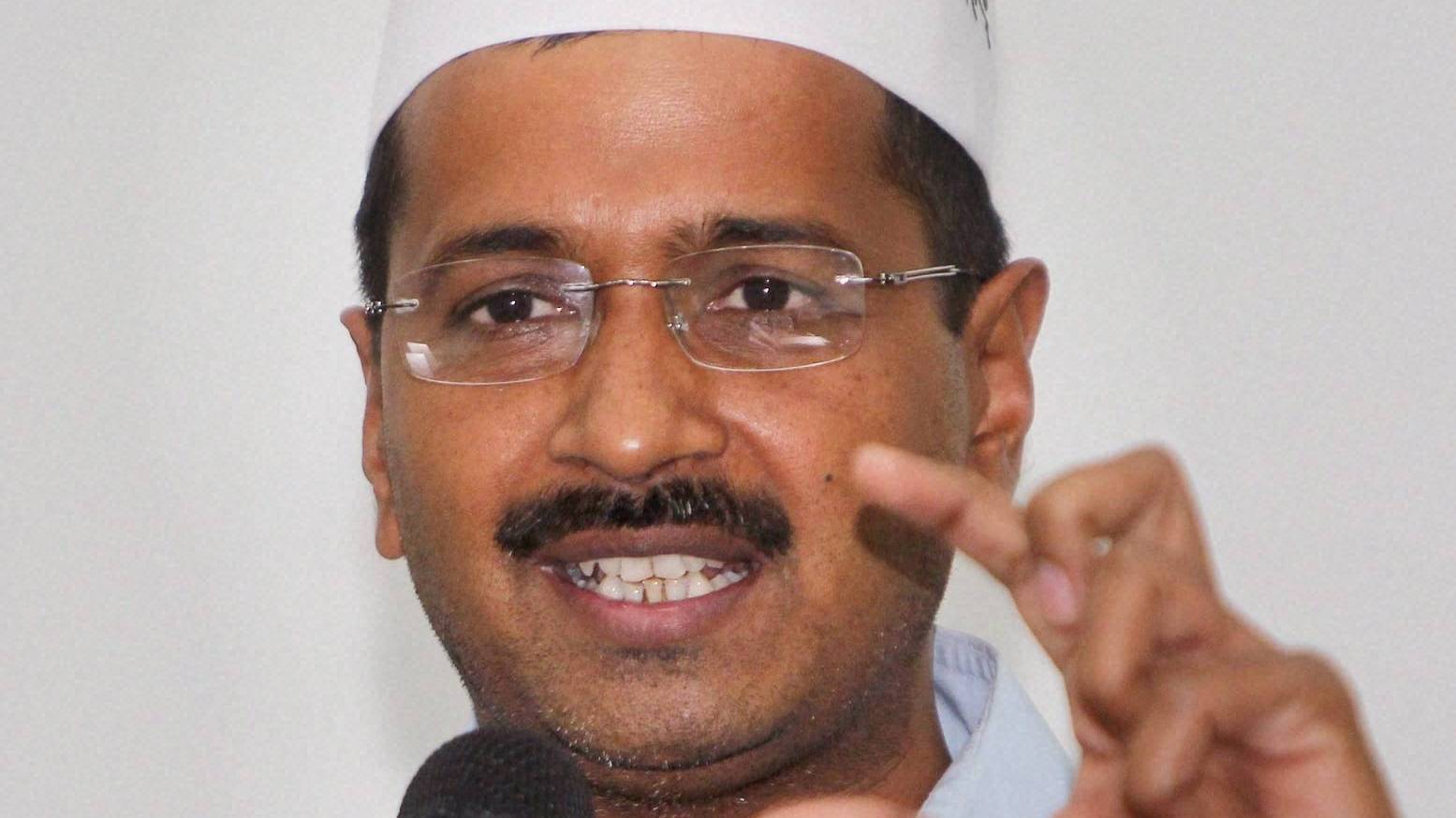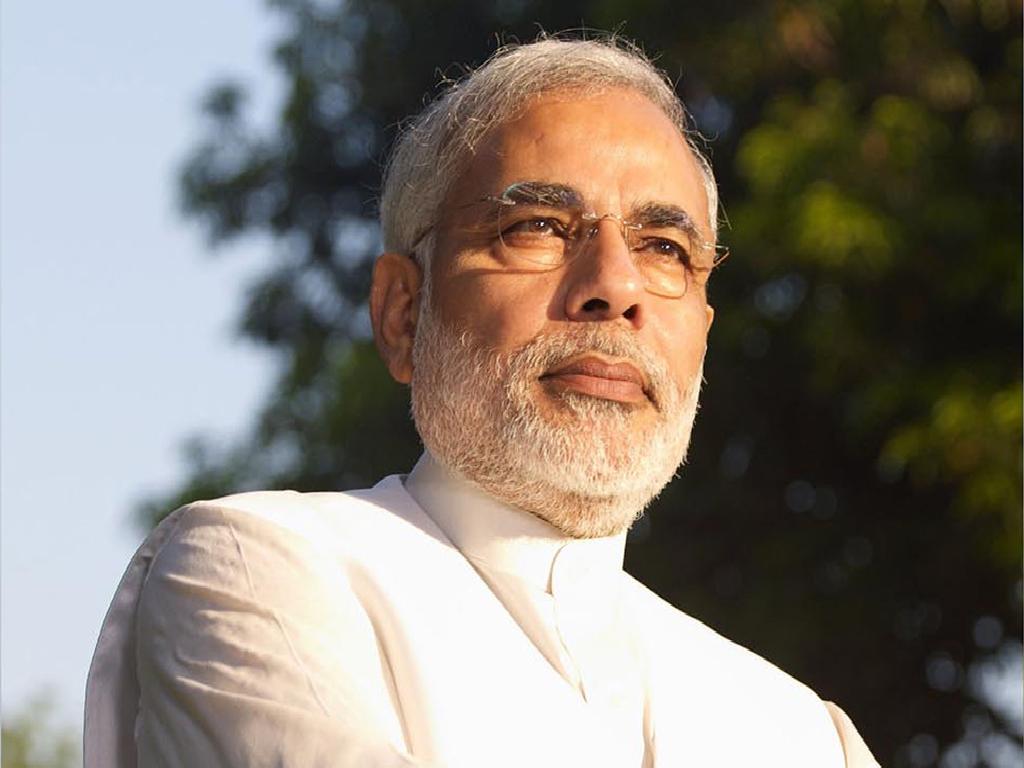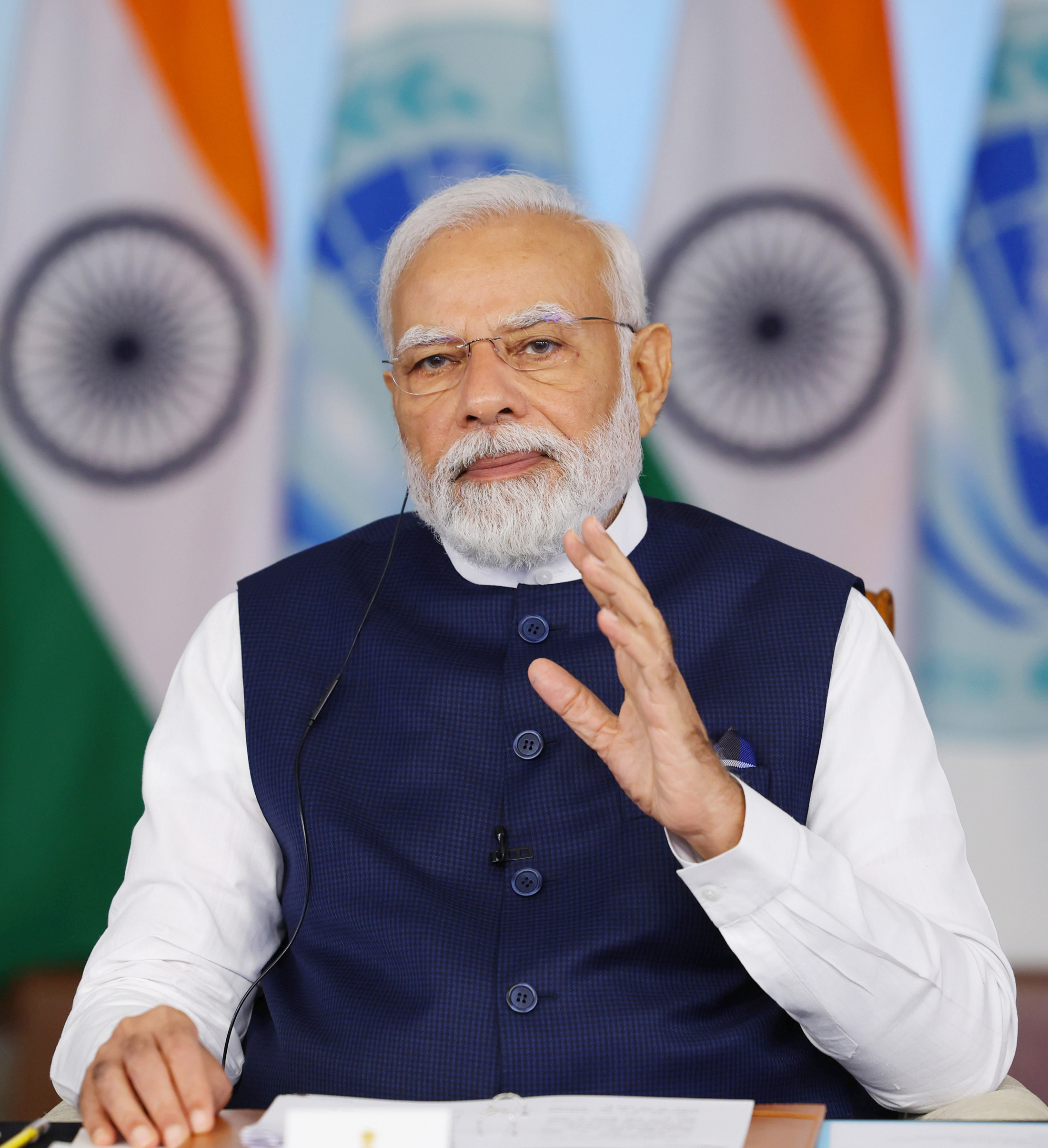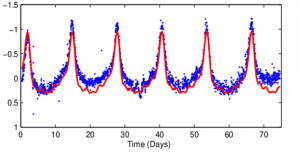RBI reduces repo rate by 0.5%
Ravi Shanker Kapoor | April 5, 2016 7:07 pm
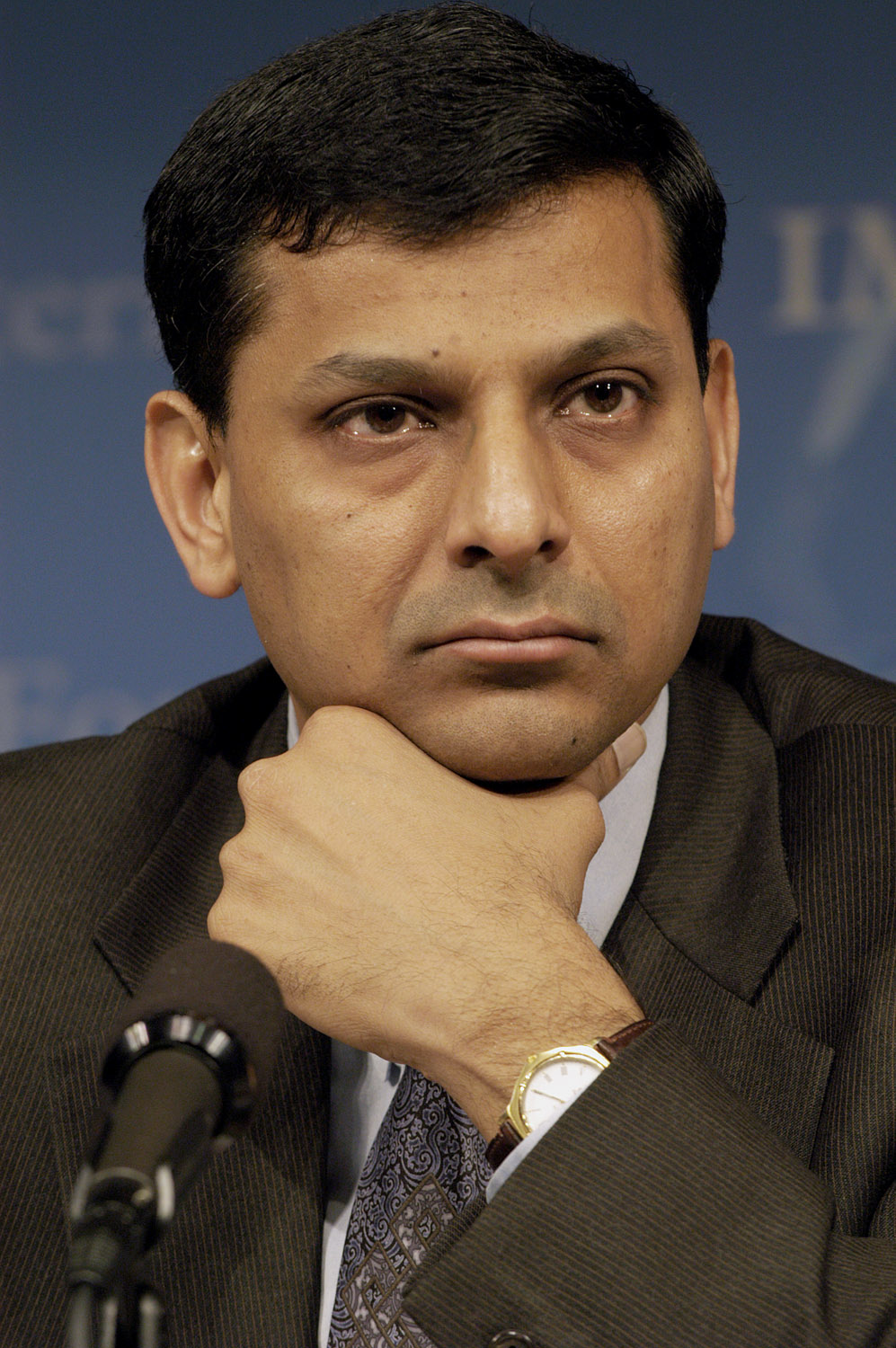
In its bi-monthly monetary policy, the Reserve Bank of India (RBI) slashed the repo rate—the rate at which it lends banks—by 25 basis points (bps) to 6.5 per cent. This is the first such cut in the last six months. The cut, which was on expected lines, comes along with the central bank’s emphasis that banks should lower interest rates.
“More important at this juncture is to ensure that current and past policy rate cuts transmit to lending rates. The reduction in small savings rates announced in March 2016, the substantial refinements in the liquidity management framework announced in this policy review and the introduction of the marginal cost of funds based lending rate (MCLR) should improve transmission and magnify the effects of the current policy rate cut,” the policy statement said.
While the RBI noted that retail inflation dropped sharply in February after rising for six consecutive months, it was not very happy with the situation. “The stubborn underlying inflation momentum is unlikely to be helped by the 7th Pay Commission award and the effects of the one-rank-one-pension (OROP) award, or by the cost-push effect of the increase in the service tax rate.”
CPI inflation is expected to decelerate modestly and remain around 5 per cent during 2016-17 with small inter-quarter variations, said the central bank in the policy statement.
Taking into account the views and suggestions received from stakeholders on the discussion paper on ‘Large Exposures Framework and Enhancing Credit Supply through Market Mechanism’, a fresh discussion paper will be issued by April 30, on large borrowers meeting a part of their funding requirements from markets, the policy said. A draft circular on the Large Exposures Framework will be issued for public comments in June 2016 (to be implemented by January 1, 2019).
RBI Governor Raghuram Rajan persisted with his view that the names of non-wilful borrowers should not be made public. Sometimes, default is not your fault—demand is weak, prices are low, dumping is going on, etc. Putting the promoter’s name up to say he defaulted, without giving the reason why, might not be right, he said, adding that the central bank has no problem in publishing the willful defaulter list.








